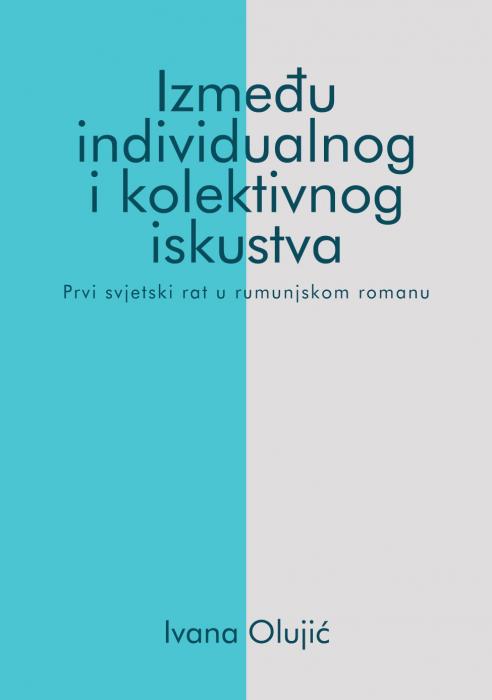Između individualnog i kolektivnog iskustva: Prvi svjetski rat u rumunjskom romanu
Synopsis
World War I (1914 – 1918) spread across the majority of Europe and was the first conflict of such proportion in history. Its ending brought significant changes in economic relations on world level, leaving a lasting demographic effect, and – by enabling the creation of new countries – it changed the geographical map of the war-ravaged area. The trauma of war was reflected in the modern novel rather shortly after these events. Writing about war, especially while its memory is still fresh to the readers’ mind, holds great responsibility, bearable only by great writers. This is why three canonical novels of Romanian literature written in the first two decades following the war have been selected for closer reflection in this book: "Forest of the Hanged by Liviu Rebreanu" (1922), "The Dragon" by Hortensia Papadat-Bengescu (1923) and "The Last Night of Love, The First Night of War" by Camil Petrescu (1930). All three share the theme of World War I, but each of the three authors approaches it with different experiences, builds different structure and chooses different narrative techniques. Thus, the reader is offered three different perspectives of Romania and the war.
Chapters
-
Uvod
-
Rumunjska u Prvom svjetskom ratu
-
Ratni roman međuratnoga razdoblja u rumunjskoj književnosti
-
Teorijska polazišta
-
Književni kontekst – polemika „Zašto nemamo roman?“ u rumunjskom međuraću
-
Šuma obješenih, Zmaj, Posljednja noć ljubavi, prva noć rata – opća obilježja
-
Prvi svjetski rat i rumunjski moderni roman
-
Govoriti o ratu
-
Zaključci
-
Životopisi autora
-
Izvori i literatura
-
Summary
-
Rezumat
Downloads

Downloads
Published
Categories
License

This work is licensed under a Creative Commons Attribution-NonCommercial-NoDerivatives 4.0 International License.
